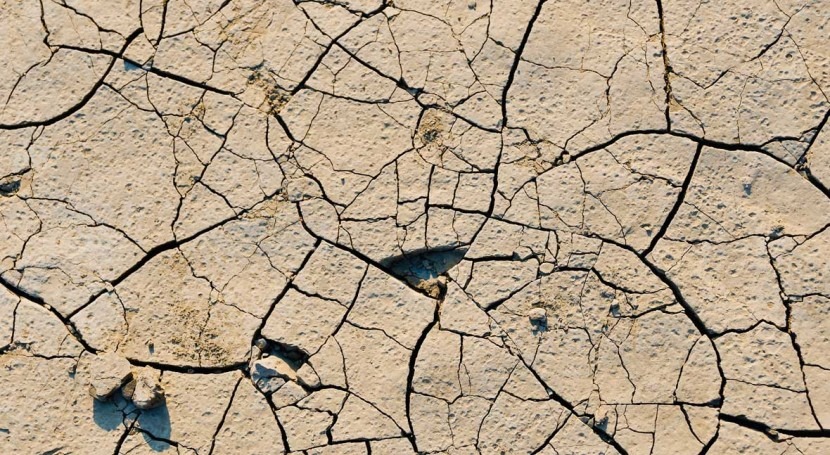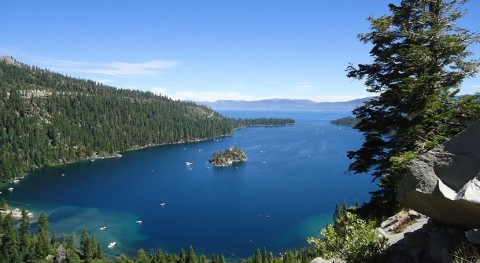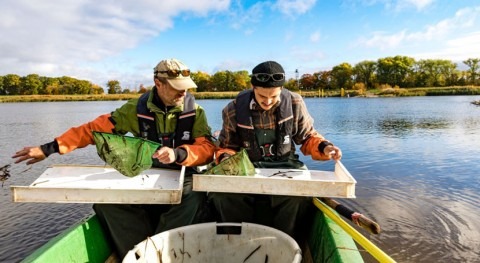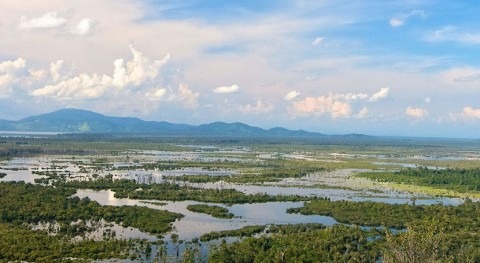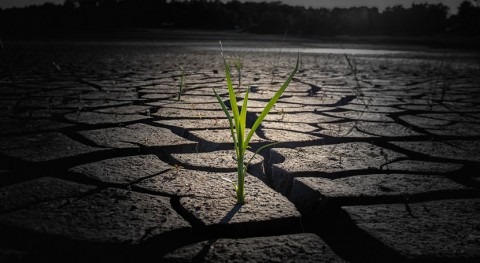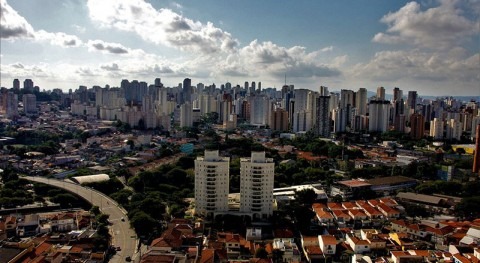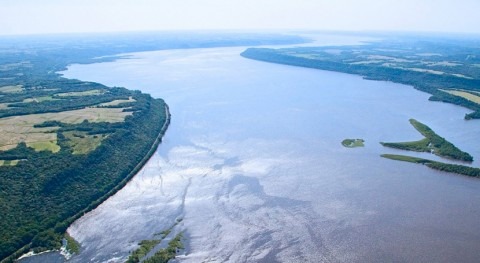COVID-19 is a zoonotic disease, meaning that it jumps between animals and people, and is therefore closely connected to the lands both inhabit. Human and economic activity is eroding wild spaces, forests and other important ecosystems, bringing us closer to “reservoir hosts”—animals and plants that can harbour diseases. In this interview, Frank Turyatunga, Deputy Director of the United Nations Environment Programme (UNEP) Africa Regional Office shares insights on how to better protect landscapes on the continent.
What is land degradation and why should we focus on this issue?
Degraded land is land that has lost, or is losing, its biodiversity—the foundation of all life on Earth. It is less able to provide ecosystem services; these include water, shade, the prevention of soil erosion and the retention of moisture in the soil. Most land degradation is currently taking place outside protected areas, affecting forests, rangelands, grasslands, mountain ecosystems and wetlands. Healthy ecosystems are essential to support a healthy planet and healthy people. This is why we need to invest in sustainable management of ecosystems of all types.

Photo by Wikimedia Commons
This year’s Desertification and Drought Day on 17 June focuses on the links between consumption and land. How does consumption affect the health of landscapes? What are the main drivers of land degradation in sub-Saharan Africa?
COVID-19 underscores the relationship between human health and nature and reveals a fundamental problem: humans have unlimited needs, but the planet has limited capacity to satisfy them. Often, land degradation is caused by unsustainable human consumption and needs.
For example, one of the key drivers of land degradation, that continues to attract very little attention, is agricultural expansion to help feed a rapidly growing population. Agricultural expansion involves land clearance and tree felling. Poor land use planning, poor access to agricultural inputs and technologies, and in some cases corruption, are also driving “slash and burn” agriculture. Under this system of cultivation, woody biomass, fodder and other resources are exploited in an unsustainable manner, causing land to degrade.
Another driver is charcoal use. People who can’t afford to cook with gas or electricity turn to firewood or charcoal for energy. Making charcoal also requires the felling of trees, leading to land degradation.
Humans have unlimited needs, but the planet has limited capacity to satisfy them
Climate change exacerbates the problem with more frequent floods, droughts and, of late, locust swarms destroying crops. Farmers never know how long their growing season will be. All this is leading to greater rural poverty which, in turn, exacerbates coping strategies like “slash and burn”.
Africa is one of the world’s most rapidly urbanizing regions. How does urbanization affect land degradation?
The expansion of cities in Africa is also a key driver of ecosystems loss and land degradation. As demand for consumer goods increases in cities, rural farmers try to keep up—often to the detriment of their own land. For example, pastoralists-turned commercial farmers with ever larger herds of livestock can lead to overgrazing in Africa’s vast semi-arid rangelands. Rangeland can only “carry” so many livestock before ecosystems services such as pasture, shade and water holes are reduced or degraded.
Nature-based solutions are solutions that work with, rather than against, nature
How can we halt land degradation and promote restoration?
Nature-based solutions are solutions that work with, rather than against, nature. For example, better management of grazing, where certain areas are left fallow for a while to allow them to recover from overgrazing, would be a step in the right direction. But this requires education and more investment in land use planning: governments need to be aware of the needs and concerns of local farmers.
If access to digital technology is prioritized and addressed by governments and partners it can be used to educate and train farmers on sustainable land management. Any landscape management plans need the buy-in of all stakeholders if they are to be effective.
Also, governments and local authorities urgently need to consider investments in “payments for ecosystem services” and land restoration, targeting the large pool of unemployed youth in many African countries. The best way to tap into these unemployed youth is to transform restoration-based, nature-based solutions into enterprises that they can be involved with. These are not traditional enterprises, and investment will have to be made in capacity development, access to affordable financing, and the development and implementation of policies that favour nature-based solutions for youth and women.


